Squats for rowers
Partial vs Deep -- which one’s right for you?
Bob Kaehler
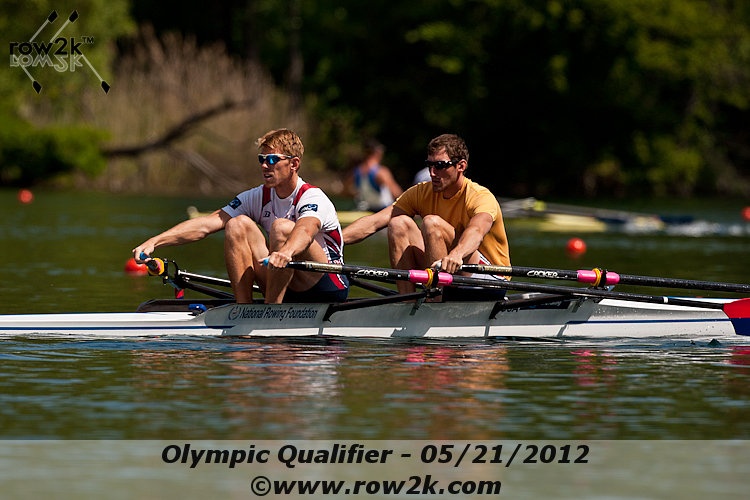
Rowing is one of the few sports that significantly benefits from strengthening the hip and knee joints through a full range of motion. One of the most effective training movements that offers this range of motion is the squat. For a rower, the squat can be your best friend or your worst enemy. Conditions that may impair your ability to perform squats include osteoarthritis or previous meniscus damage. Without these physiological concerns, and if performed correctly, this simple yet highly effective movement can significantly improve the strength and power of your rowing stroke.
To improve hip and knee extension strength and power, few exercises rival the pay-off of the traditional squat. An established favorite among trainers across a wide range of sports, squatting has nonetheless suffered its share of misconceptions. Two of the most debated and questioned elements of the squat include squatting depth (i.e. how far the hips should be relative to knee joints), and intensity.
Research from the late 1960’s found that squatting below 90 degrees created increased joint instability (ligament weakening) and shearing forces. While some of these results have since been disproved, the lasting effect of those findings has been the lingering belief that deep squatting (hip joint at or below the horizontal plane of the knee joint) is not safe. More recent research however has shown otherwise. Performed with good technique, deep squatting can actually improve ligament stability around the knee, making it more stable. Studies also indicate that ACL / PCL forces decrease as the hip joints drop below the knee when performing a deep squat. In contrast, the same research also found that patello-femoral (knee-cap on knee joint) forces increase with squat depths. The key take-away point here: deep squatting is not more harmful or dangerous than partial squatting.
Other studies indicate other physiological differences between deep squats (squatting below 90 degrees) and partial (90 degrees or less). Researchers have found that the deeper the squat, the greater the workload on the glutes maximus (butt) and hamstring muscle groups. Personally, I like to take a balanced approached to conditioning. When it comes to effective training for rowing, I encourage my athletes to mix things up and use both types of squats to yield the best results. Also, consider using lighter weights for deep squats, and moderate to heavier weights for partial squats. Keep in mind though that rowing requires a large range of motion at the hips, and that the best overall strength and power development will come from incorporating deep squats into your training regimen.
For rowers, squatting is an effective and sport-specific tool for strengthening the hip and knee joints through a full range of motion. When you compare the ‘catch’ position of the rowing stroke to the ‘hole’ position (the bottom position of a deep squat), the range of motion at the hips and knees are essentially the same. The main difference is that the forces inside the knee are greater in the ‘hole’ position than the same forces in the ‘catch’ (without external loading or outside pressure).
As always, before building either type of squatting into your training program, I recommend you consult an orthopedic surgeon or sports medicine specialist, if you have any underlying pathological concerns (i.e. osteoarthritis, meniscus damage, or PCL repair). Otherwise, if you have no underlying pathology, but are still apprehensive about positioning in squatting (i.e. the position of the hips relative to the knees), I suggest you start by holding onto a solid object. This will help you balance, as well as reduce the stress on your knees.
Squatting is one of the most widely used, yet least understood movements in athletic training. In the end, how deep you squat, or how much resistance you use is a personal decision. Your decisions should reflect your personal pathology as well as your training goals. Though both deep and partial squats yield exceptional training benefits, rowers will most benefit from the greater range of motion demanded from deeper squatting. As always, I encourage athletes to take a balanced approach to training. Mix things up. Use both types of squats and vary resistance -- lighter weights for deep, and heavier for partial squats. Bottom-line: train smart, be balanced and enjoy your rowing.
If you enjoy and rely on row2k, we need your help to be able to keep doing all this. Though row2k sometimes looks like a big, outside-funded operation, it mainly runs on enthusiasm and grit. Help us keep it coming, thank you! Learn more.
Comments | Log in to comment |
- Bont Rowing
- Calm Waters Rowing
- Concept 2
- Craftsbury Sculling
- The Crew Classic
- CrewLAB
- Croker
- Dad Vail Regatta
- Durham Boat Co.
- Empacher
- Faster Masters
- Filippi
- Fluidesign
- h2row.net
- HUDSON
- Live2Row Studios
- Nielsen-Kellerman
- Oak Ridge RA
- Peinert Boat Works
- Pocock Racing Shells
- Race1 USA
- RowKraft
- Rubini Jewelers
- Vespoli USA
- WinTech Racing
- Bont Rowing
- Calm Waters Rowing
- Concept 2
- Craftsbury Sculling
- The Crew Classic
- CrewLAB
- Croker
- Dad Vail Regatta
- Durham Boat Co.
- Empacher
- Faster Masters
- Filippi
- Fluidesign
- h2row.net
- HUDSON
- Live2Row Studios
- Nielsen-Kellerman
- Oak Ridge RA
- Peinert Boat Works
- Pocock Racing Shells
- Race1 USA
- RowKraft
- Rubini Jewelers
- Vespoli USA
- WinTech Racing



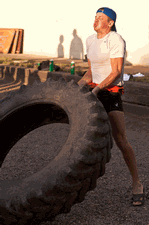
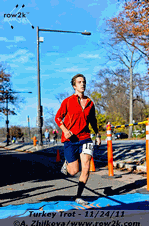
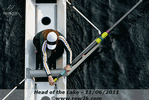
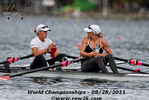
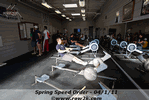

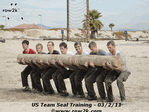
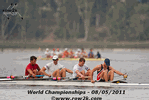
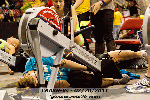
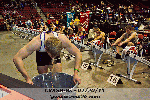
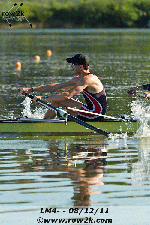
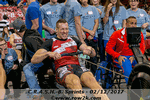
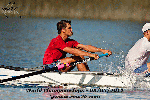
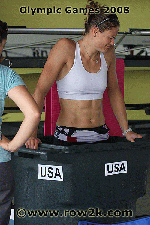
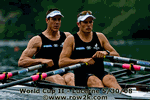
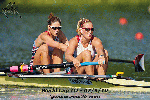

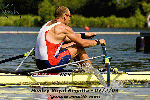
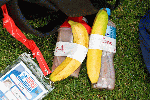
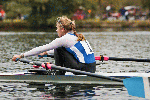

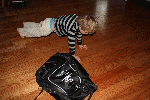
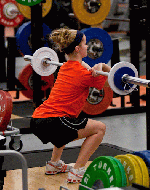
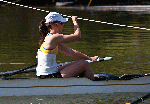











10/06/2017 12:21:08 PM
Observation: Looking at rowers at the deep catch position, with torso on thighs, as in the photo with the article, I have rarely seen such a squat position in a gym.
Squats as recommended as safe, have the shoulders and upper torso away from the thighs, and back in a position curved to promote lift through the spinal column, not adding sheer stress through a rounded back and maximally stretched shoulders. I asked one doctor about that, and he advised against that kind of squat, what might be called a row squat.
For maximum benefit to rowers, they would have to alter hip angle, back curvature and shoulder position to the same position as rowing, while doing squats. Though contra-indcated for safety.
Or, consider rowing a shorter stroke with their shoulders and back in a stronger position safe and mimicking heavier lifting, so that squat strength developed is transferable on the water. Otherwise, squat power only affects the tail end of the stroke, when body angles of a squat align with body angles during the rowing stroke. This improves the 2nd half of the stroke, but much less the first half.
Comments welcome.
05/25/2012 7:32:46 AM